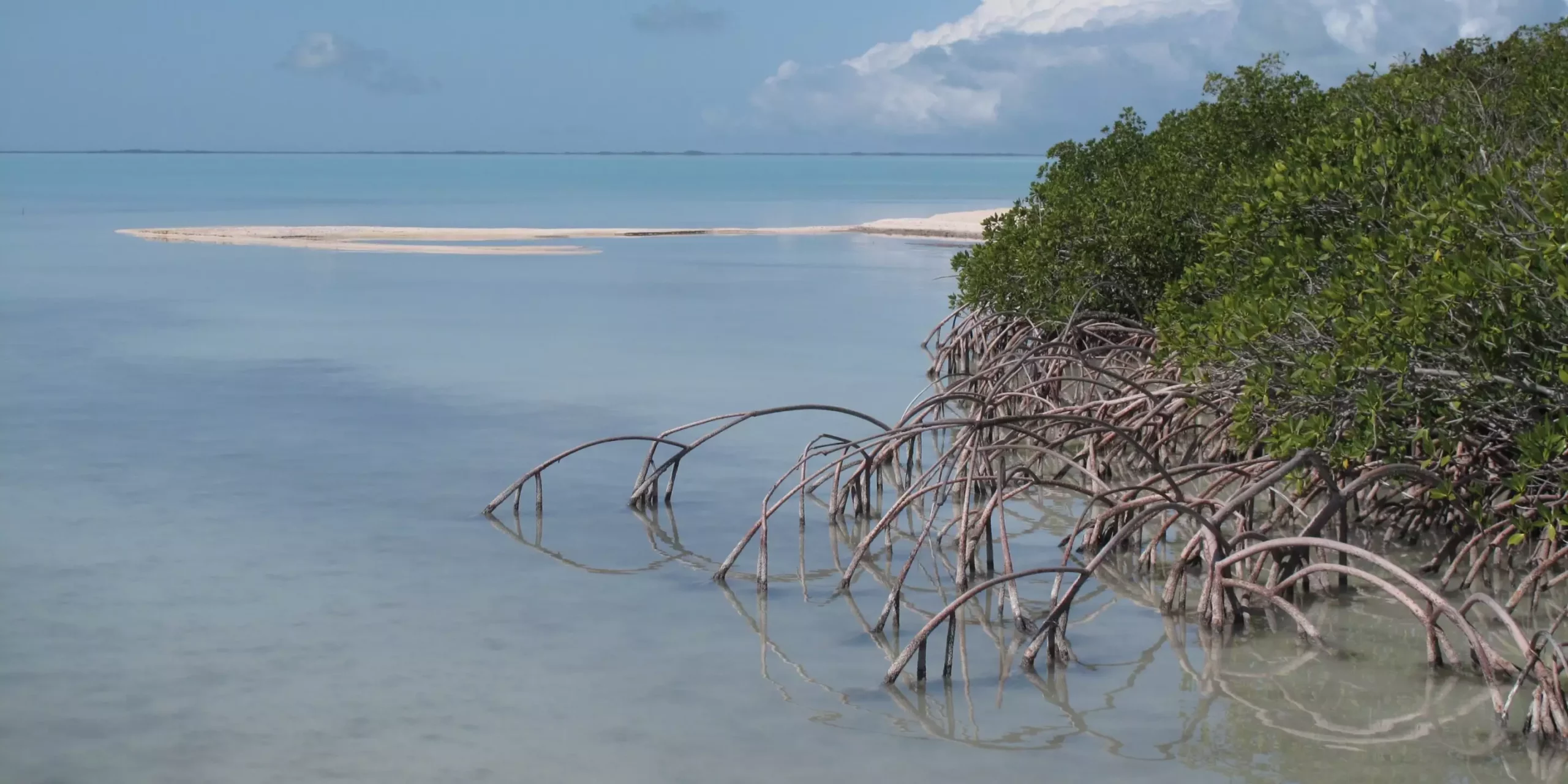Recent research conducted by scientists from the University of South Florida College of Marine Science highlights an alarming trend: the rapid increase in sea surface temperatures in South Florida’s estuaries. While global phenomena like climate change provoke similar concerns across the globe, this coastal region is experiencing a warming rate significantly higher than the global average as well as the Gulf of Mexico. The findings raise critical questions about the sustainability of South Florida’s rich marine biodiversity, notably in precious ecosystems such as Florida Bay, Tampa Bay, the St. Lucie Estuary, and the Caloosahatchee River Estuary.
Over a span of just twenty years, the researchers reported astonishing figures, with South Florida’s estuaries recording a staggering rate of temperature increase—70% faster than the nearby Gulf of Mexico and a jaw-dropping 500% quicker than the rising global ocean temperatures. This rapid escalation was particularly evident during a marine heat wave that struck in 2023, which may have set a disconcerting precedent for the future. As marine species depend on stable temperatures for their life cycles, changes of this magnitude could initially seem subtle but can lead to dire consequences for marine life.
The ramifications of rising water temperatures are profound, especially for South Florida’s critical marine habitats, which serve as essential nurseries for numerous marine organisms. For instance, seagrass meadows that serve as a breeding ground for fish and other aquatic animals are particularly vulnerable to rising temperatures. Coral reefs, such as those found in the Florida Keys, face similar threats. Coral species are highly sensitive to temperature fluctuations, with increased warmth leading to stress that can cause bleaching—a condition that makes them more susceptible to disease and less resilient to environmental changes.
Professor Chuanmin Hu, a key researcher in this field, emphasized that different organisms respond uniquely to elevated temperatures. While some species, such as certain types of algae, may thrive in warmer waters—resulting in algal blooms—others, like seagrasses and corals, may struggle to survive. The implications of this shift can ripple through the entire marine food web, potentially leading to declines in biodiversity as well as changes in species composition.
The root causes of such rapid warming in the estuaries of South Florida remain an area of intense research and exploration. Potential factors include increased evaporation rates, the thermal capacity of the estuaries themselves, and the residence time of water—how long water stays in a given estuary before it flows out. Despite multiple variables at play, researchers have yet to pinpoint a singular reason, underscoring the complexity of the issue and the need for further studies.
Researchers plan to collaborate with agencies such as the Florida Fish and Wildlife Conservation Commission and the National Oceanic and Atmospheric Administration to investigate how rising temperatures may impact vital habitats like seagrass and coral. The findings could play a crucial role in informing conservation strategies and policy decisions aimed at protecting these essential ecosystems.
One aspect of this research that stands out is the anomalous nature of the temperature increases observed in South Florida’s estuaries. Dr. Hu noted that this pronounced level of warming is not replicated in all Gulf Coast estuaries, suggesting a unique regional characteristic. Investigating why these specific estuaries are behaving differently could unveil vital information about their specific environmental conditions and history, leading to a more nuanced understanding of local climate impacts.
As researchers contemplate the sustainability of these rising temperatures, questions remain regarding how long these patterns will persist. Will warming in South Florida’s estuaries eventually align with broader Gulf trends, or will they continue to exhibit these alarming temperature increases? Monitoring and addressing these changes is critical, not only for the ecological health of the region but also for the myriad communities that rely on its rich marine resources.
The studies conducted by the University of South Florida uncover a significant and troubling trend in marine environments that may have lasting implications. As temperatures continue to rise, the fate of South Florida’s vital ecosystems hangs in the balance—a reality that calls for immediate attention and collective action.

